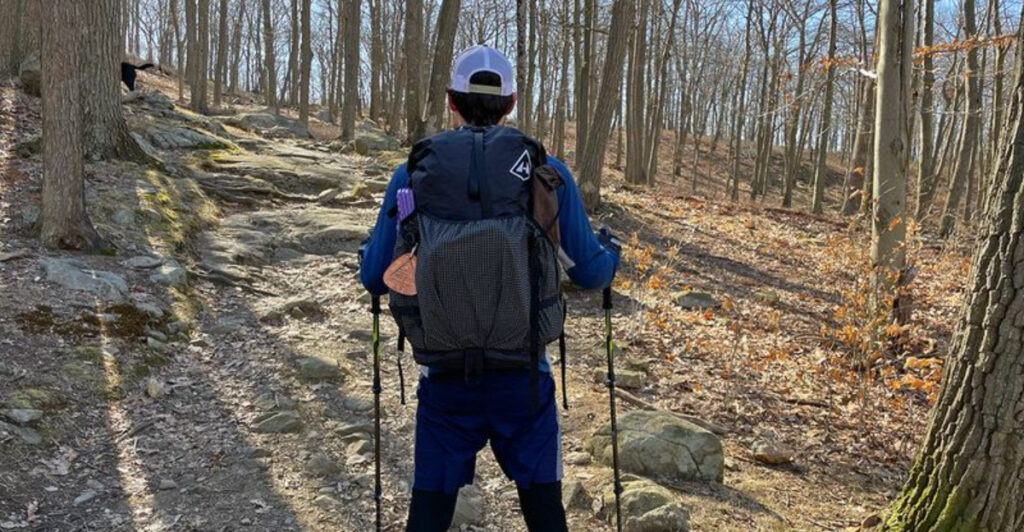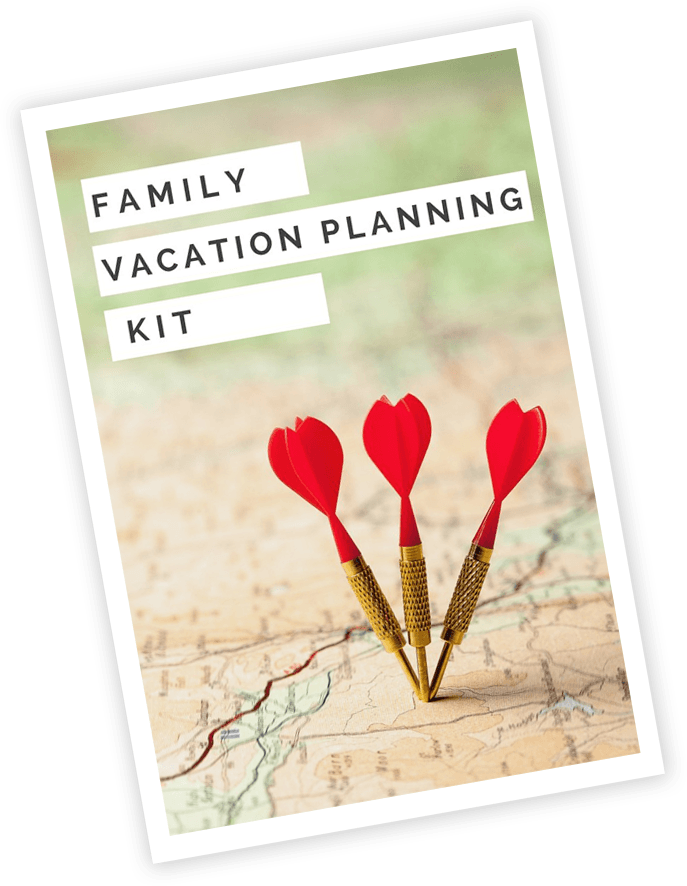Carrying a heavy pack can turn an exciting trail adventure into an exhausting slog, but ultralight backpacking offers a smarter way forward. By carefully choosing lighter gear and dropping unnecessary items, hikers can move faster, feel less tired, and enjoy the wilderness more fully. Whether you’re planning a weekend trip or a multi-week journey, these proven strategies will help you shed pounds from your pack without sacrificing safety or comfort.
1. Understanding Base Weight as Your Starting Point
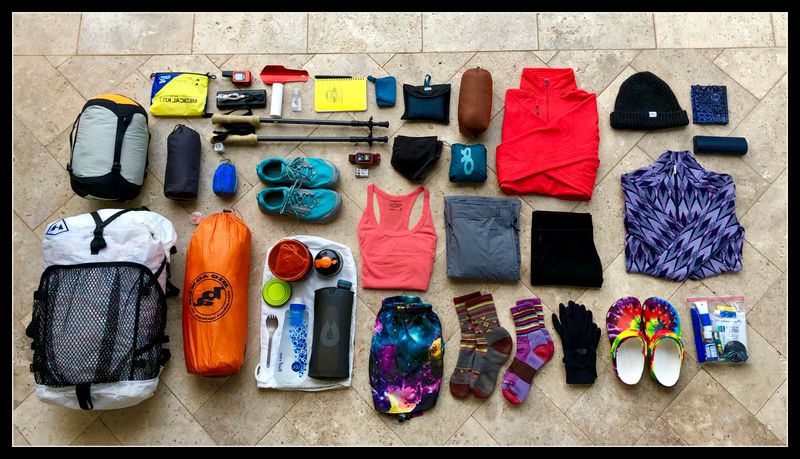
Base weight refers to everything in your pack except food, water, and fuel. This number becomes your personal benchmark for measuring progress toward an ultralight setup. Many experienced hikers target a base weight under 10 pounds, though your ideal number depends on the terrain and season.
Knowing your base weight helps you identify which items add the most burden. Weigh each piece of gear individually and record it in a spreadsheet or app. Once you see the numbers, you’ll quickly spot the heaviest offenders that deserve replacement or elimination.
This metric transforms packing from guesswork into a science, giving you clear goals to work toward on your ultralight journey.
2. Tackle the Big Three First for Maximum Impact
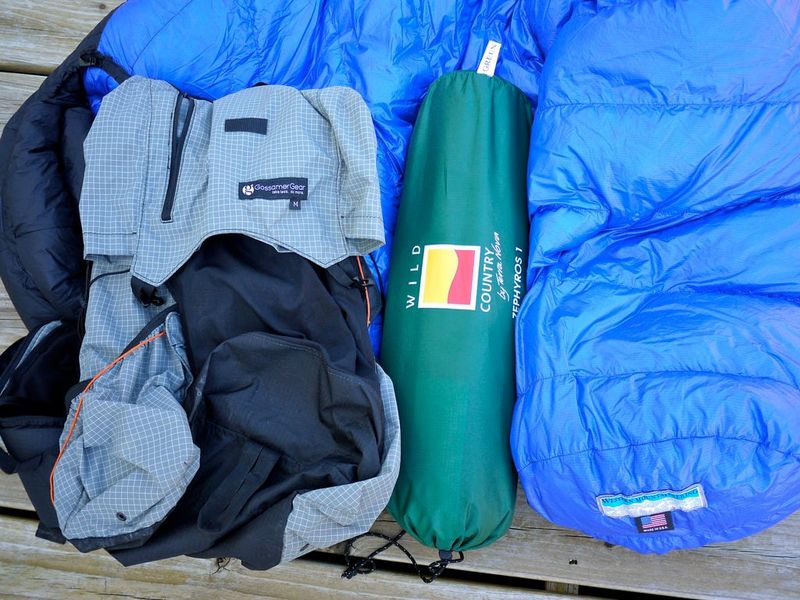
Your shelter, sleep system, and backpack together form what hikers call the Big Three. These items typically account for the largest chunk of your base weight, making them your best opportunity for dramatic improvement. Swapping a five-pound tent for a two-pound tarp shelter instantly cuts three pounds from your load.
Sleep systems include your sleeping bag or quilt plus your sleeping pad. Choosing a down quilt instead of a traditional mummy bag can save a pound or more. Similarly, replacing a heavy internal-frame pack with a streamlined ultralight version reduces weight significantly.
Start your weight-cutting journey here rather than obsessing over tiny items like toothbrush handles.
3. Why Down Insulation Wins the Weight Battle
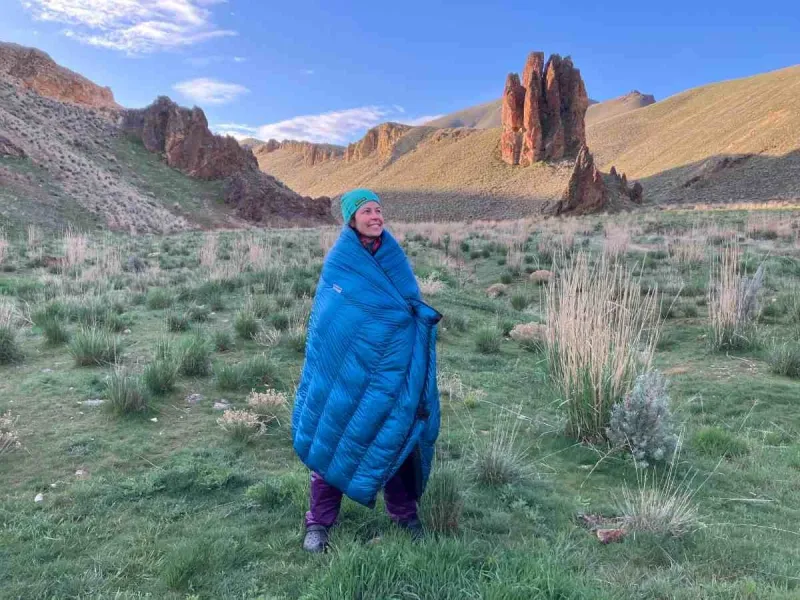
Down feathers create tiny air pockets that trap warmth while weighing remarkably little. This high warmth-to-weight ratio makes down the favorite insulation choice among ultralight enthusiasts. A quality down sleeping bag or quilt compresses into a package smaller than a water bottle yet keeps you toasty on cold nights.
Modern down often comes with water-resistant treatments that help it perform better in damp conditions. The main drawback remains its vulnerability when soaked—wet down loses insulating power fast. Pair your down gear with reliable waterproof stuff sacks and rain protection to avoid problems.
For most three-season conditions, treated down beats synthetic insulation hands-down in the weight department.
4. Alternative Shelters That Ditch Traditional Tents
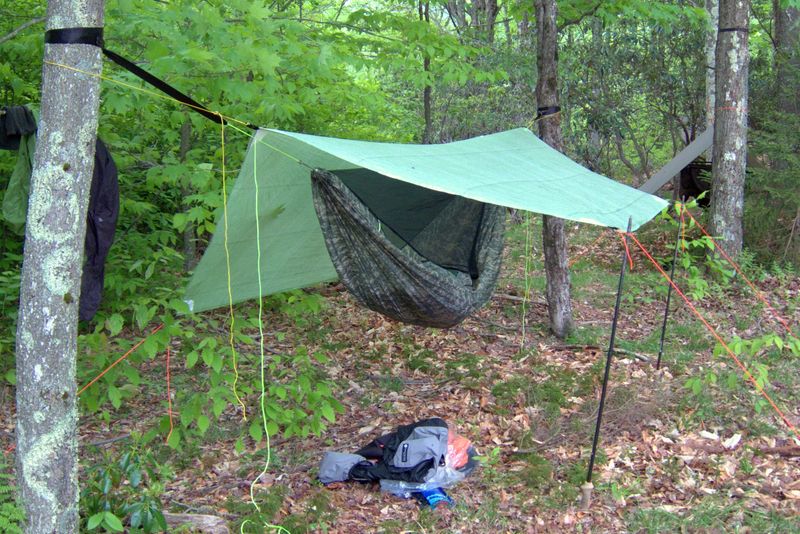
Full double-wall tents offer comfort and protection but carry a weight penalty that many ultralight hikers refuse to pay. Tarps paired with bug netting provide excellent coverage while weighing a fraction of conventional tents. Some adventurers go even lighter with bivy sacks—waterproof covers that slip over your sleeping bag.
Hammock systems with integrated bug nets and rain flies create another viable option, especially in areas with limited flat ground. Each alternative requires learning new setup skills and accepting different trade-offs in comfort and weather protection.
Test these lighter shelter styles on short trips before committing to them for longer adventures in challenging conditions.
5. Sleeping Pads That Balance Comfort and Ounces
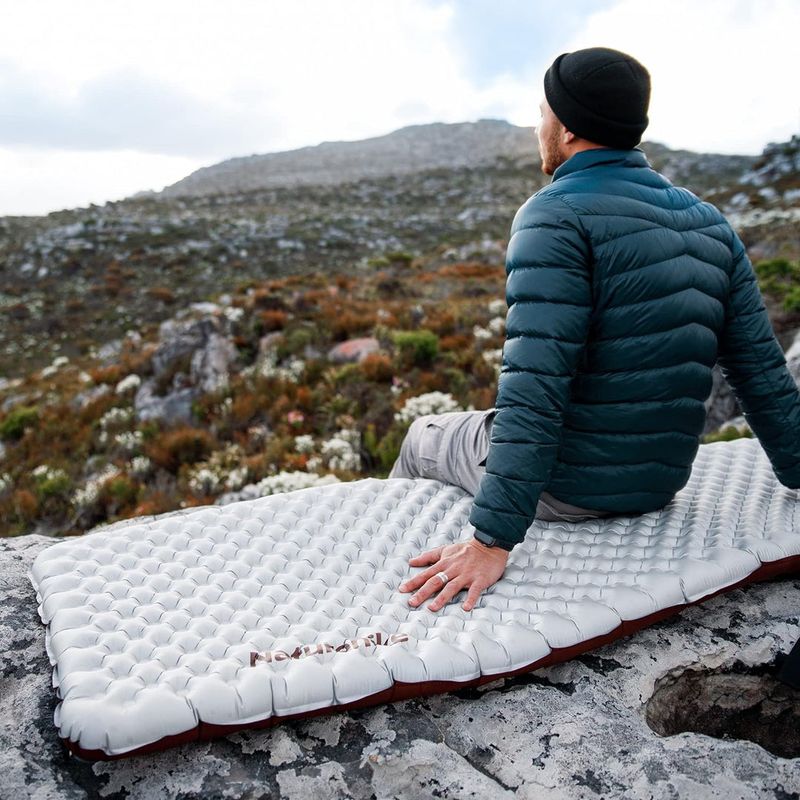
Modern air pads deliver surprising comfort while keeping weight impressively low. These inflatable mattresses use advanced materials to provide cushioning and insulation without the bulk of older self-inflating models. Torso-length versions cut even more weight by covering only your shoulders to hips.
Some ultralight purists prefer thin closed-cell foam pads that never puncture or fail. You can trim foam pads to custom lengths or use your backpack under your legs for additional insulation. The right choice depends on how much comfort you need for good sleep.
Cold sleepers should pay attention to R-value ratings to ensure adequate insulation from the cold ground beneath them.
6. Smart Strategies for Food, Water, and Fuel Management
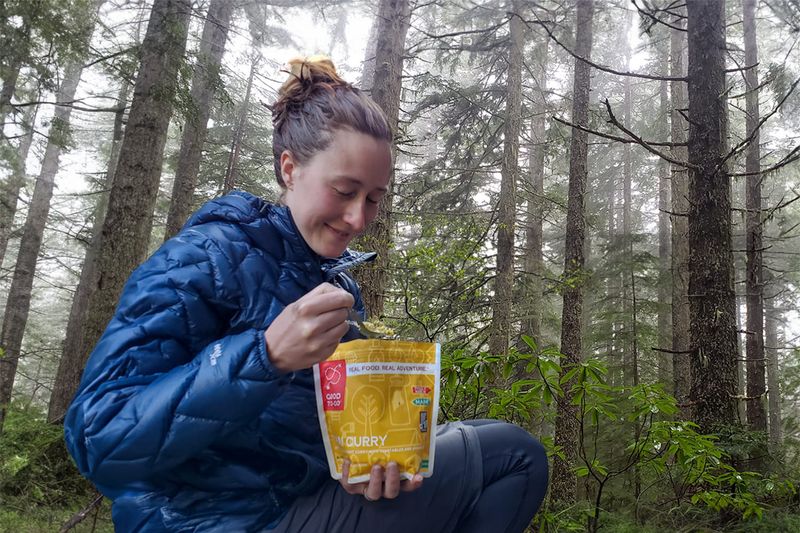
After optimizing your gear, consumables become your pack’s heaviest component. Water weighs about two pounds per liter, so carrying gallons becomes impractical fast. Study your route to identify reliable water sources where you can refill frequently rather than hauling days’ worth at once.
Calorie-dense dehydrated foods pack maximum energy into minimum weight and volume. Cold-soaking meals in a lightweight jar eliminates the need for a stove and fuel entirely, though some hikers prefer the morale boost of hot dinners. Repackaging store-bought meals into thin plastic bags removes unnecessary cardboard and container weight.
Balance nutrition needs with weight reality by planning each day’s menu carefully before your trip.
7. Multipurpose Gear Philosophy Cuts Redundancy
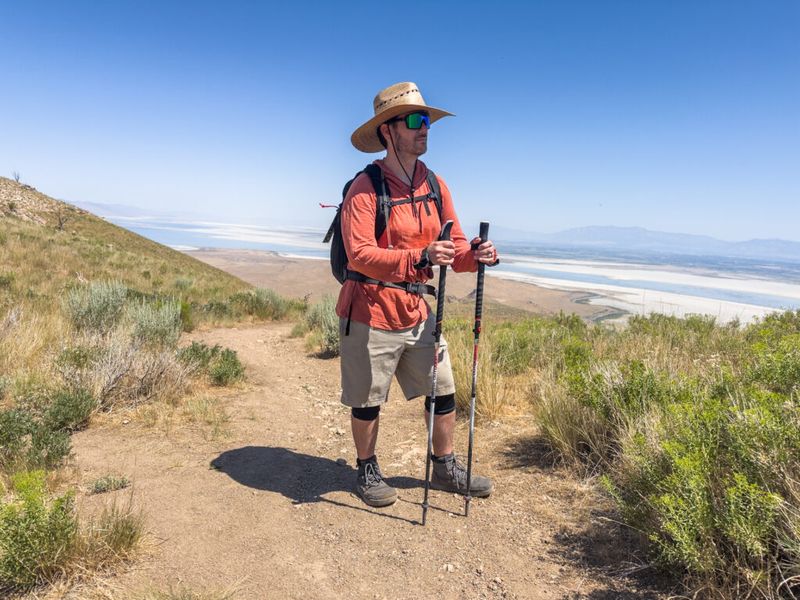
Carrying five items when two would do the same jobs makes no sense in ultralight thinking. Trekking poles that double as tent poles eliminate the need for separate shelter supports, instantly saving several ounces. Your rain jacket serves as wind protection too, removing the need for a dedicated windbreaker.
Clothing layers worn during the day can supplement your sleeping bag’s warmth at night instead of packing a heavier bag. A bandana functions as a washcloth, towel, pot holder, or pre-filter for murky water sources. Creative hikers constantly discover new ways to make gear pull double or triple duty.
Before adding any item, ask yourself if something already in your pack could handle that job adequately.
8. Weigh Everything and Question Every Item
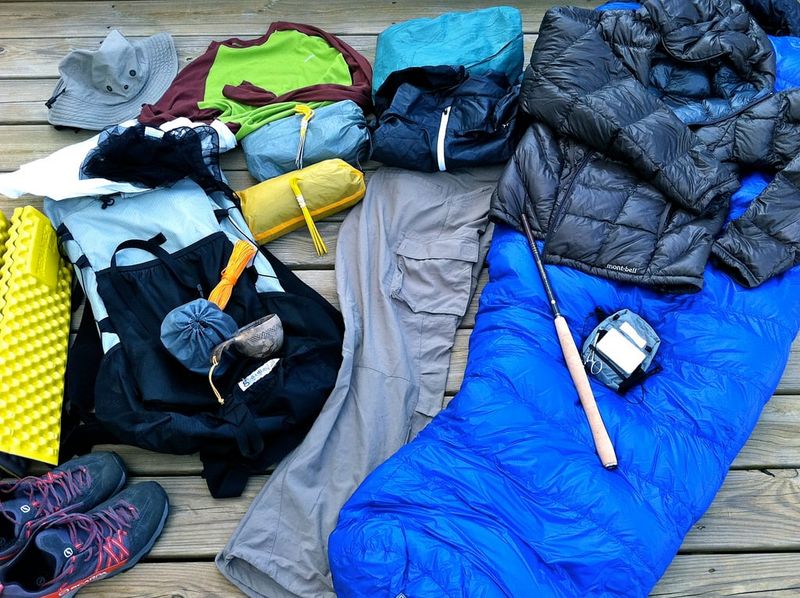
You can’t manage what you don’t measure, so serious ultralight hikers weigh every single piece of equipment. Digital kitchen scales accurate to a tenth of an ounce reveal surprising truths about your gear. That stuff sack you thought was light might weigh twice as much as a simple plastic bag.
Recording weights in a spreadsheet lets you sort items from heaviest to lightest, immediately showing where to focus your efforts. After each trip, review which items you actually used versus which rode along untouched. Unused gear represents wasted weight that should stay home next time.
This methodical approach transforms packing from habit into intentional decision-making based on real data and experience.
9. Recognizing the Trade-offs in Going Ultralight
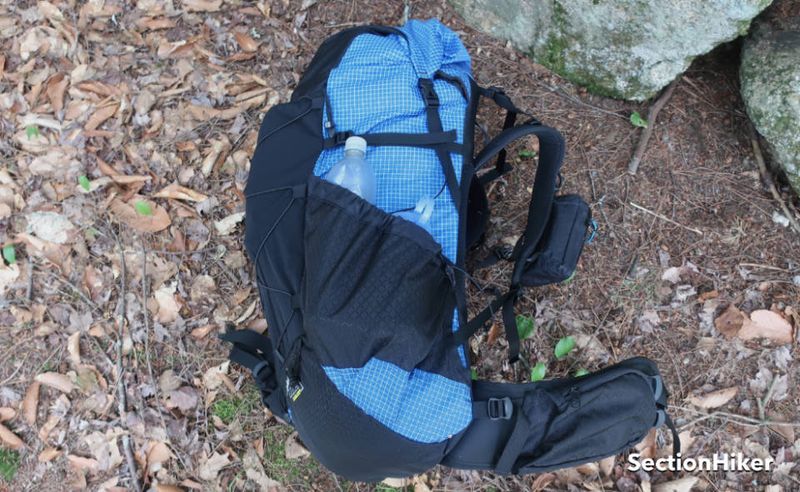
Lighter materials usually mean thinner fabrics that tear or wear out faster than burlier alternatives. An ultralight tent made from delicate nylon requires more careful handling than a heavy-duty canvas shelter. You’ll need to decide whether the weight savings justify more frequent gear replacement or field repairs.
Pushing weight too low can compromise comfort or safety margins in unexpected weather. Ultralight gear often costs significantly more than conventional options because manufacturers use expensive specialized materials and construction techniques. Budget constraints might slow your transition to lighter equipment.
Finding your personal sweet spot between weight, durability, comfort, and cost takes experimentation and honest self-assessment of your priorities.
10. Start Gradually with Shakedown Hikes
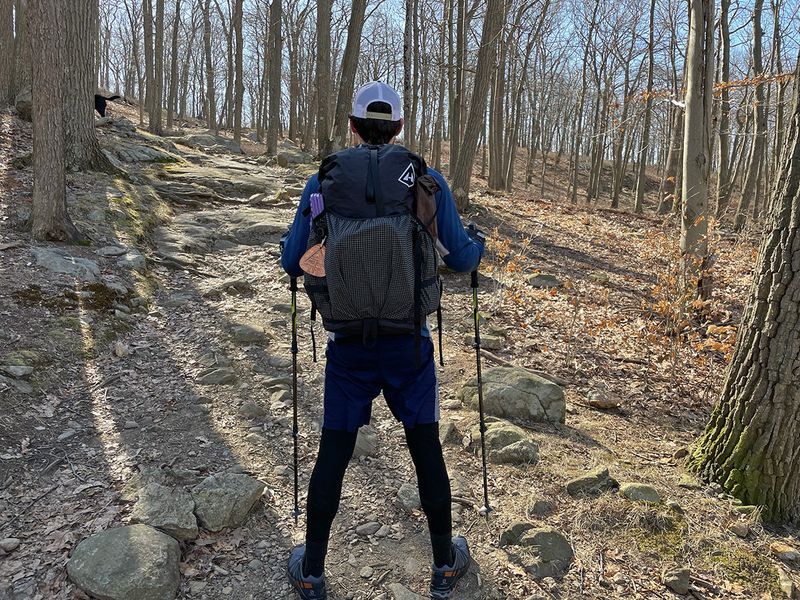
Jumping straight into a week-long ultralight expedition with untested gear invites disaster. Short overnight trips or even day hikes with your full pack loaded let you discover problems in a low-stakes environment. You might find that your new minimalist sleep system leaves you shivering, or that your lighter shoes cause blisters on your particular feet.
These shakedown adventures reveal which compromises you can live with and which cross your personal comfort threshold. Adjust your gear list based on real-world feedback rather than internet opinions or gear reviews. Each outing builds your confidence and refines your system.
Gradual progression prevents miserable experiences that might sour you on ultralight backpacking before giving it a fair chance.

